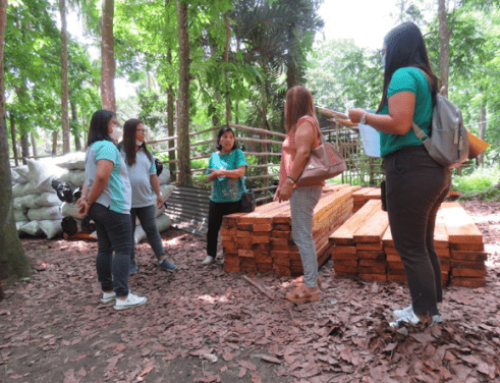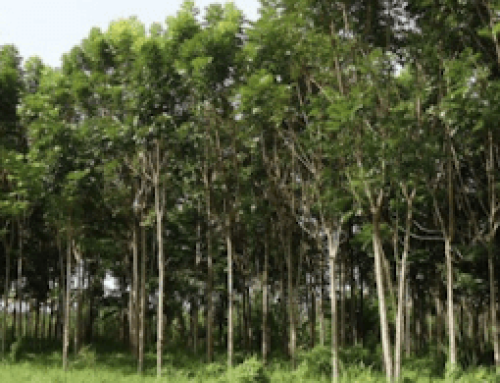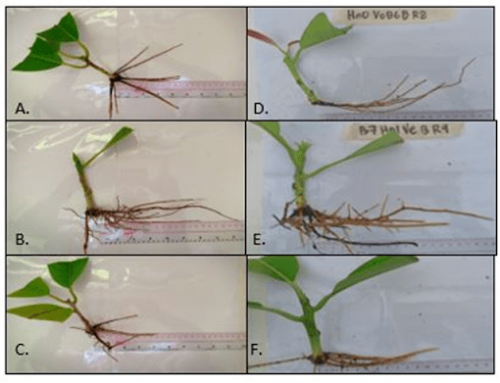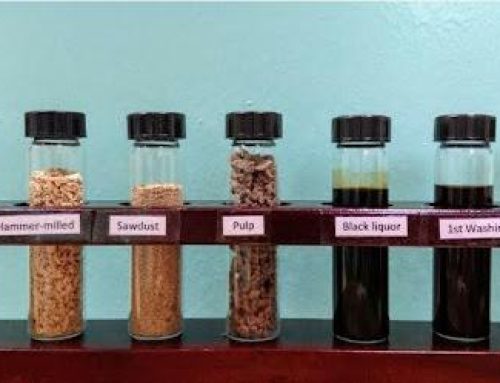In this Article

Low timber production of Falcata (Falcataria moluccana (Miq.) Barneby & J.W. Grimes) plantations in the Philippines can be attributed to the use of planting materials from poor quality seed sources. To achieve optimum plantation yield from genetically superior seed sources, this study conducted field tests of genetic materials from available plantations of Falcata in the Philippines and determined the genetic characteristics of the field-tested materials. Progenies of 125 Falcata families from eight provenances in the Mindanao were collected and used as planting materials in an incomplete five-block design field trial established in Bukidnon, Mindanao, Philippines. Seven SSR markers were used to analyze polymorphism.
In the 12-month old trial, initial results of the study showed highest mean height in Surigao del Sur provenance while Zamboanga del Norte provenance had the highest diameter at breast height (DBH). Gall rust disease caused by an airbone fungus, Uromycladium tepperianum was generally recorded in all provenances but progenies from 16 distinct families across six provenances showed disease resistance. Molecular analysis revealed moderate allelic diversity of Falcata. Preliminary assessment suggests low to moderate phenotypic and genetic variations among populations of Falcata in the Philippines. Infusion of new genotypes from natural populations could increase genetic diversity. Variations in phenotypic performance across sites could identify suitable environments for optimum growth performance and disease resistance. Currently, continuous seed collections from new sites and two field trials of Falcata are being conducted and established, respectively. Additional molecular markers are also being incorporated to analyze genetic diversity assessment.








